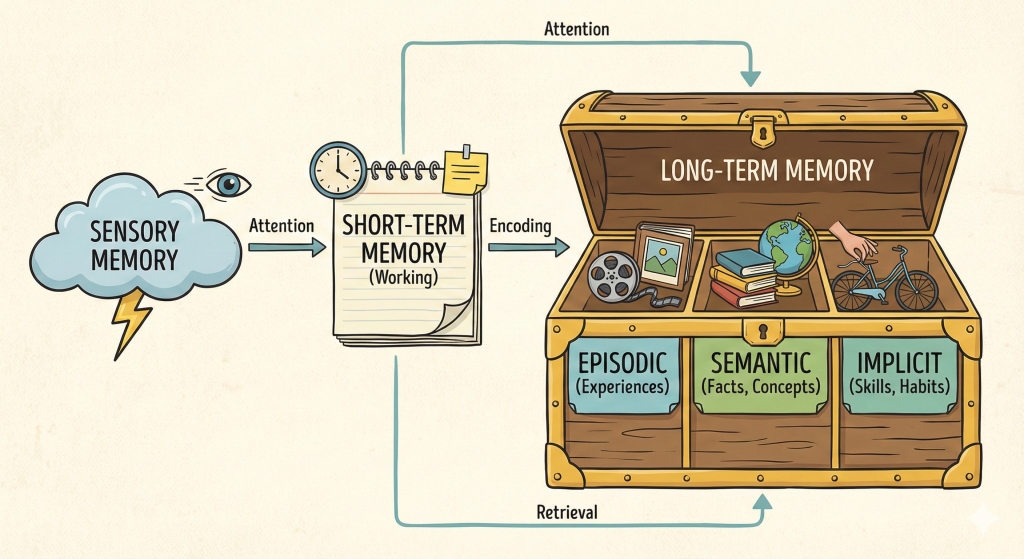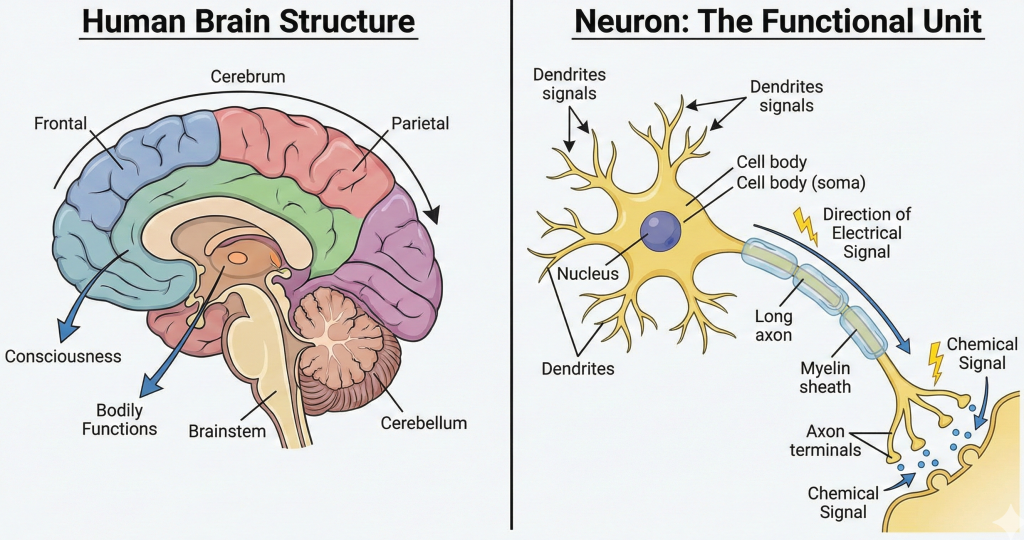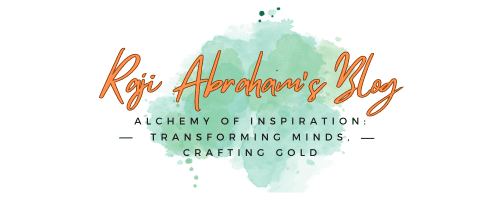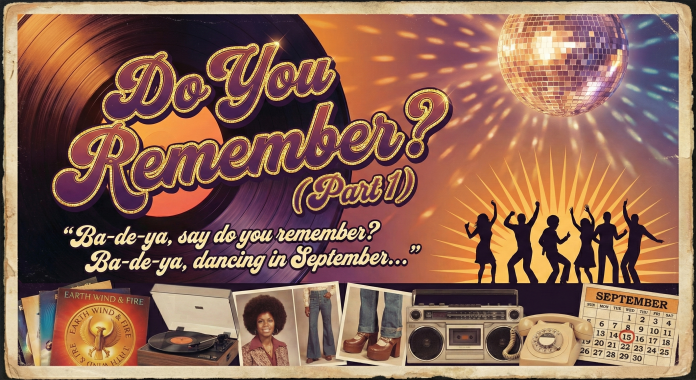Whenever I hear the phrase, “Do you remember,” my mind doesn’t go to Phil Collins. It goes straight to that undeniable funk groove of Earth, Wind & Fire. That rhythm sticks to your soul. Recently, hearing that song didn’t just make me tap my foot; it pulled me back to my early career, my family, and the beautiful struggle of building a life.
Memory is a fascinating magic trick. It gives color, context, and meaning to everything we do. My recent work with Artificial Intelligence made me look at this magic trick a little closer. Until recently, computers were happy to be amnesiacs. They preferred “stateless processing”—essentially waking up fresh every morning with no baggage, purely for speed and efficiency. But AI is different. To be effective, AI needs a past. It needs context. It is trying to replicate the human mind, so let’s look at the blueprint: us.
The Library of the Mind
Memory isn’t just one big box in your head. It is a complex, layered system. While scientists love to debate the exact categories, we can simplify it into a few colorful buckets.

1. The Flash: Sensory Memory
Imagine a bolt of lightning lighting up a dark room. You see the room clearly for a split second, and then it’s gone. That is Sensory Memory. It holds sights and sounds for just a heartbeat before they fade away or move deeper into your mind.
2. The Sticky Note: Short-Term Memory
This is your brain’s scratchpad. It’s what you use when someone rattles off a phone number, and you repeat it over and over just long enough to type it in. It lasts about 15 to 30 seconds. It’s fleeting, functional, and easily wiped clean.
3. The Vault: Long-Term Memory
This is where things stick. But even the Vault has different sections:
- The Muscle (Implicit Memory): This is the body’s memory. It’s tying your shoelaces or riding a bike. You don’t have to think about it; your hands just know what to do.
- The Movie Reel (Episodic Memory): This is the story of you. It’s the memory of your graduation, that road trip in 2010, or the smell of your grandmother’s kitchen. It is personal and tied to specific events.
- The Encyclopedia (Semantic Memory): These are cold, hard facts. The capital of France is Paris. A triangle has three sides. You know it, but you don’t have an emotional movie reel attached to learning it.
The AI Dilemma: Mimicking the Mind
We navigate the world using a symphony of these memories. We use the Encyclopedia to know what a door is, the Movie Reel to remember which key opens it, and the Muscle to turn the lock.
For an AI to truly understand us, it needs to mimic this symphony.
Right now, the tech industry is making a lot of noise about “Context Engineering” (using tools with fancy acronyms like RAG or MCP). But often, these engineers are building solutions without stopping to ask: Which type of memory are we actually trying to solve for?
The Problem with “The Window”
Large Language Models (LLMs) rely on a “Context Window.” Think of this like a spotlight. The AI can only “remember” what is currently inside that spotlight. It looks at the past few words (tokens) to guess the next one.
But this isn’t perfect memory. It is a mathematical juggling act. The AI relies on:
- Immediate Context: What you just typed (Sensory/Short-term).
- Pre-training: What it learned years ago (Long-term).

This raises big questions. Should a computer need a “Context Window” to remember how to do a basic task (Implicit memory)? Should it need to “think” about whether 1 + 1 = 2, or should that just be an automatic reflex?
The Great Soup of Knowledge
Some people compare an AI’s “model weights” (its internal parameters) to human Implicit Memory. It’s a beautiful analogy, but it’s not quite right.
In the human brain, we keep our skills (how to ride a bike) separate from our facts (the capital of France). In an LLM, these are all thrown into the same mathematical soup. The “facts” and the “skills” are mashed together in the model weights.
Now that I’ve set the stage and piqued your interest, how do we untangle this web? Join me in Part 2, where we will see how modern AI is attempting to solve the riddle of memory.


